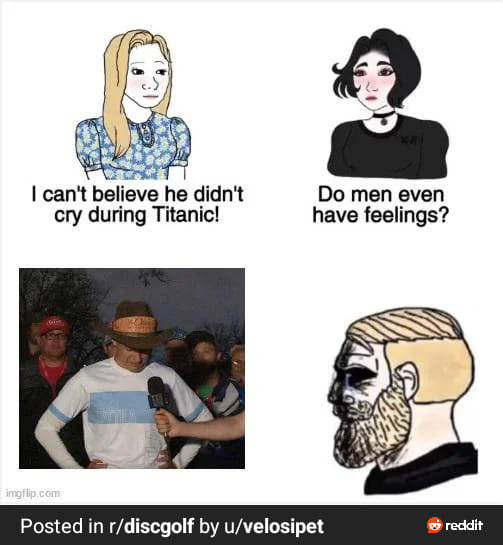glassila
Double Eagle Member
- Joined
- Jun 30, 2013
- Messages
- 1,613
I would think it would be impossible to get the hole layout, elevation profiles, hole#, par, distances and possibly sponsor info on a 10"x12" sign though. Probably need a 12"x18" sign which can get pretty spendy.Image in post #66b is awesome!
FWIW - I think it's easier to read/more intuitive to understand, than if you used traditional topo/contour lines.
It seems like the elevation profile would have to be horizontal.



